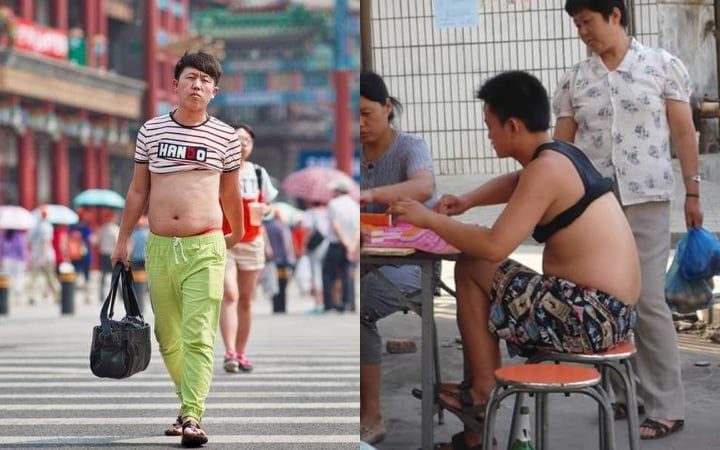Famed N95 Mask Was Inspired By A Penang Doctor’s Early Design
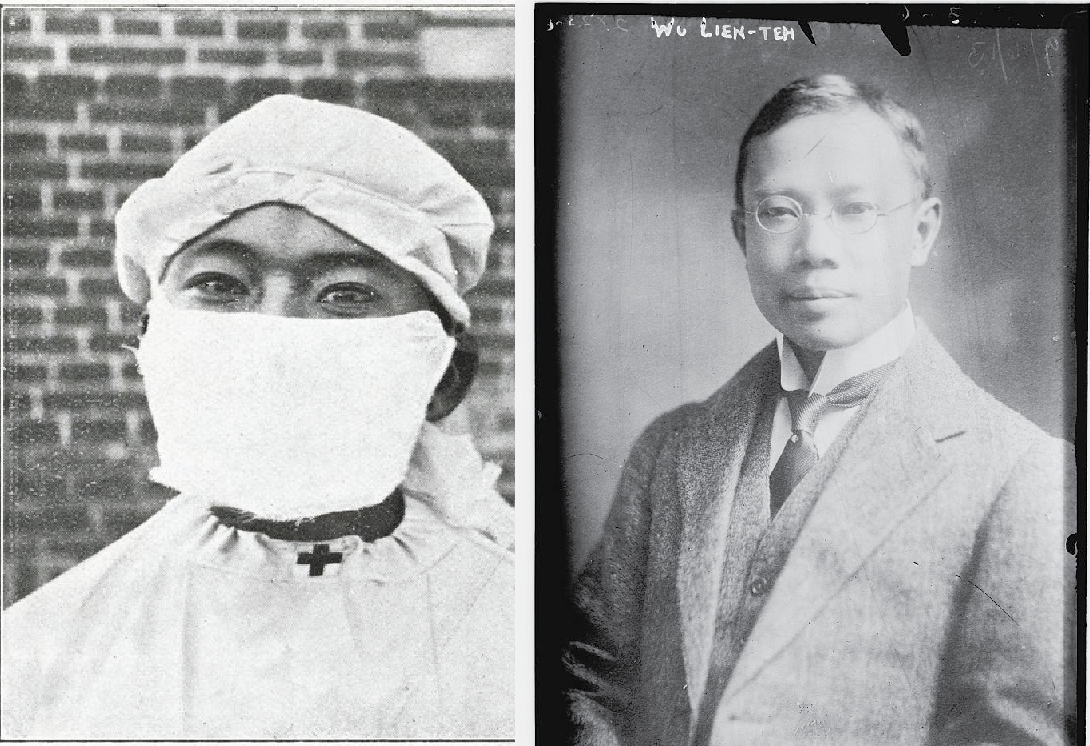 Thirsty for JUICE content? Quench your cravings on our Instagram, TikTok and WhatsApp
Thirsty for JUICE content? Quench your cravings on our Instagram, TikTok and WhatsApp
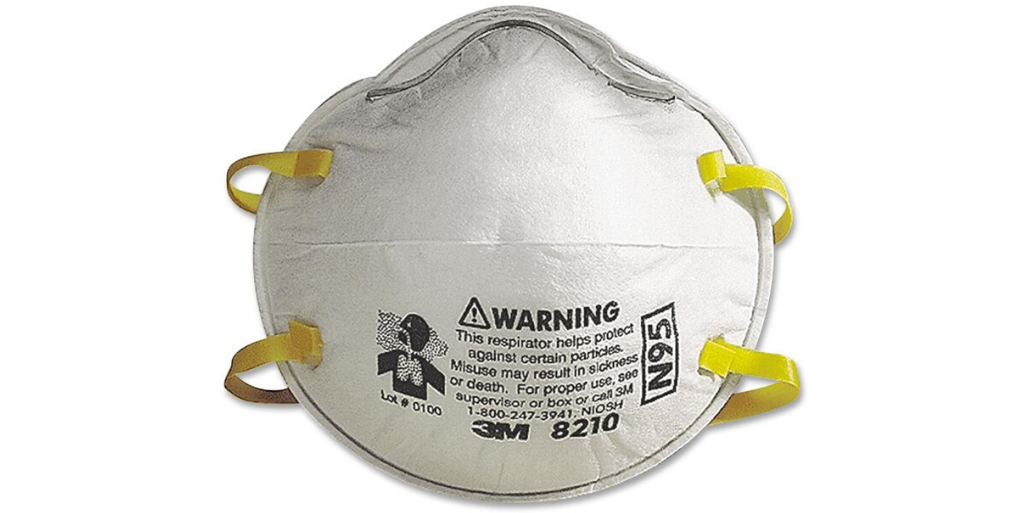
The Coronavirus has drastically changed the way we live. The old safety check of ‘phone, wallet, keys’ before heading out has now been updated to ‘phone, wallet, keys, sanitiser and mask’ (if you do manage to go out). While protective face masks come in many variations, the most effective and popular would have to be the N95 mask – known as the gold standard of face masks.
According to Fast Company, the N95 mask was designed by a company called 3M, which produced the mask’s modern iteration as we know it today – a bubble-shaped design actually inspired by bra cups!
Interestingly enough, the N95 mask’s origins are over a century old and was made by a doctor who came from Penang!
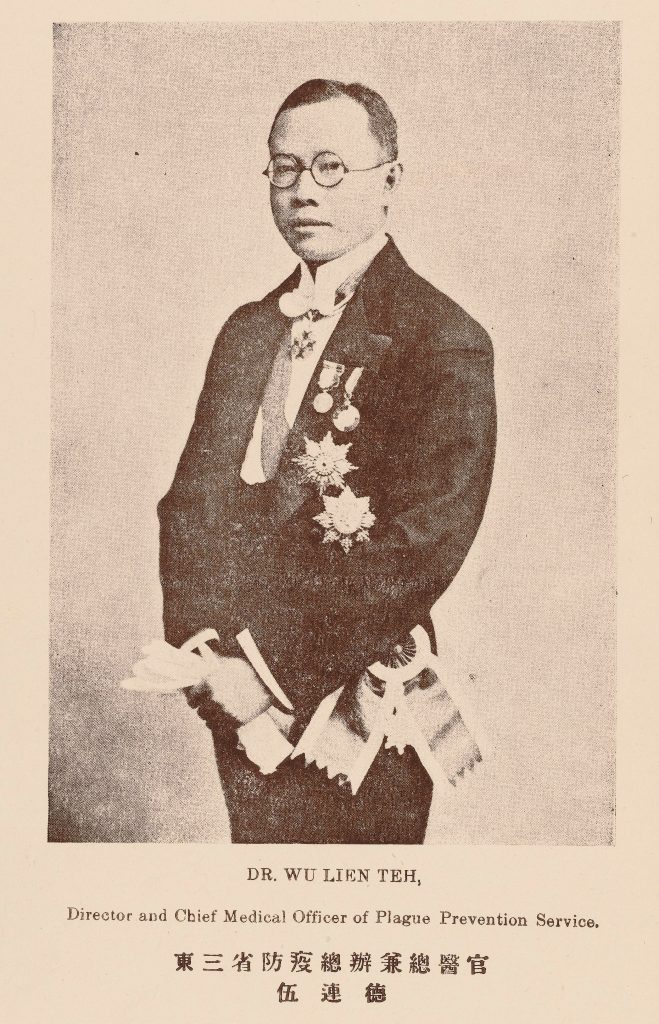
The man behind the mask
Meet Wu Lien-teh. Born on 10 March 1879 in Penang, he moved to London at the age of 15 to pursue his studies at the Emmanuel College (associated with the University of Cambridge) in 1894. Wu was notably the first ethnic Chinese student who pursued medicine at the institution.
After completing his medical studies in 1903, Wu joined and became the first research student at the Institute for Medical Research in Kuala Lumpur. One year later, he started a private practice in Chulia Street, George Town.
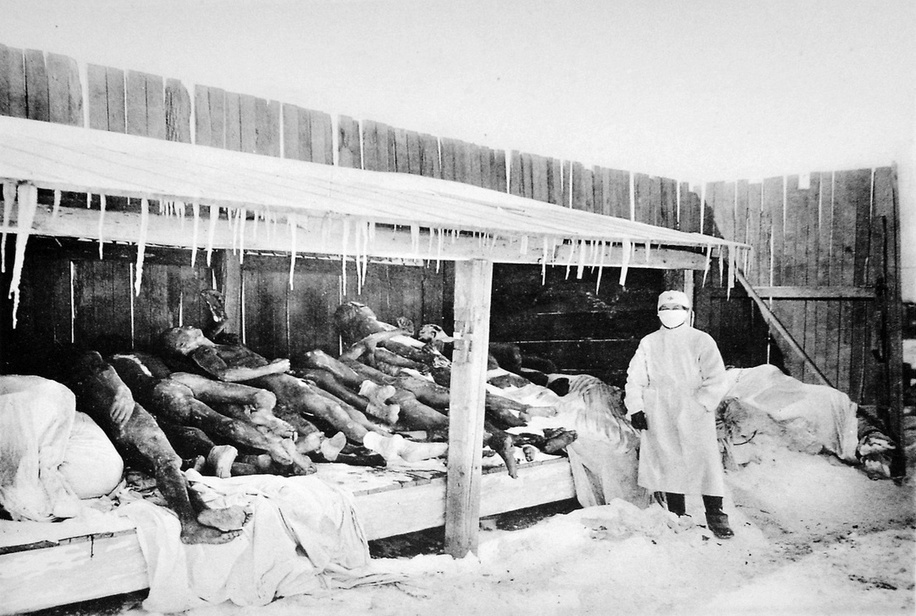
In 1910, the Chinese Imperial Court called upon Wu to lead its scientific efforts in stopping a deadly epidemic which had ravaged Manchuria in Northeast Asia, killing 60,000 people. This epidemic is now referred to as the Manchurian plague. Somehow over a couple of months, he stopped the deadly plague.

The “Plague Fighter”…
…was the title bestowed upon Wu for his efforts in ending the plague. Historians have described the Manchurian plague as ‘apocalyptic’, even comparing it to the Black Death which happened in the 14th century and killed over 50 million people.
Wu debunked the belief that fleas were responsible for spreading it and determined that the plague was instead spread through the air after performing an autopsy on one of the victims. Wu then initiated a quarantine and had buildings disinfected, and requested that bodies of plague victims be cremated.
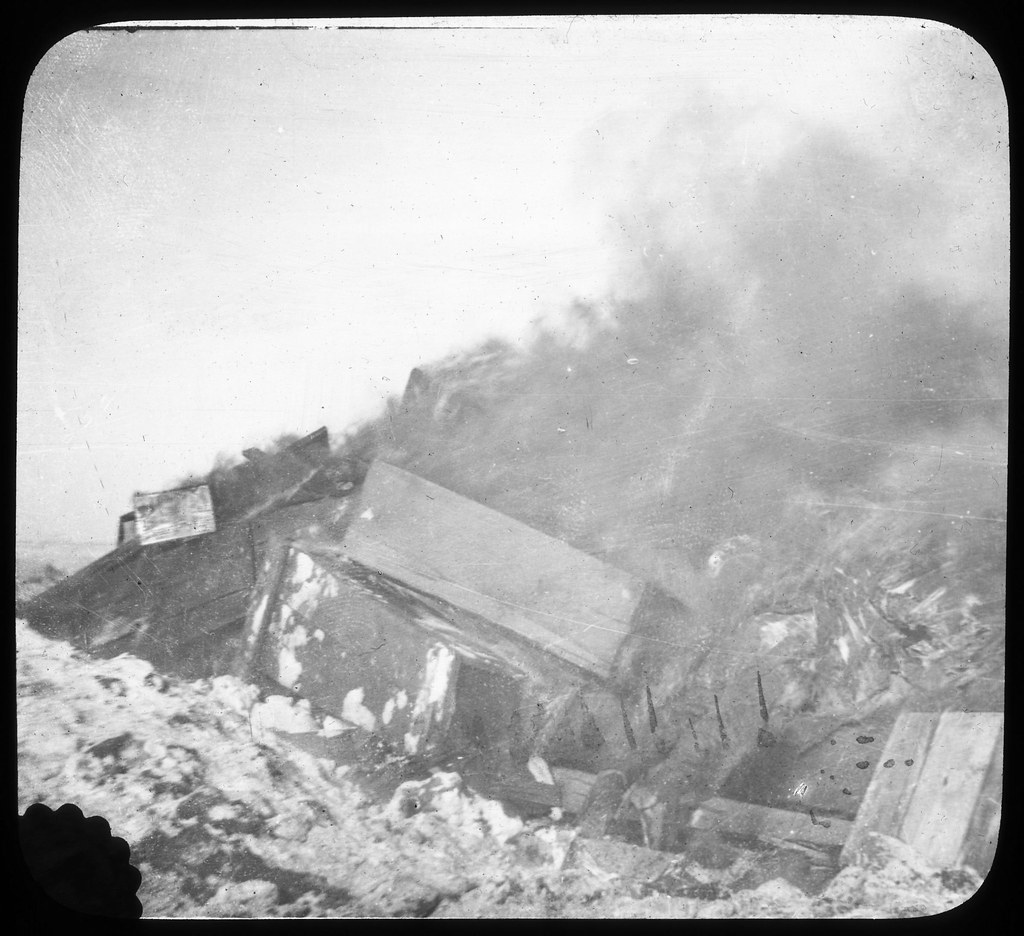
The United States National Library of Medicine describes how other scientists and medical researchers at the time were skeptical of Wu’s claims as they believed that plagues were generally transmitted through pests such as rats or fleas and did not transfer from person to person.
However, by 31 March 1911, Wu’s methods proved to be effective as no further infection was reported after he began cremating victims’ bodies.
Creating a lifesaver
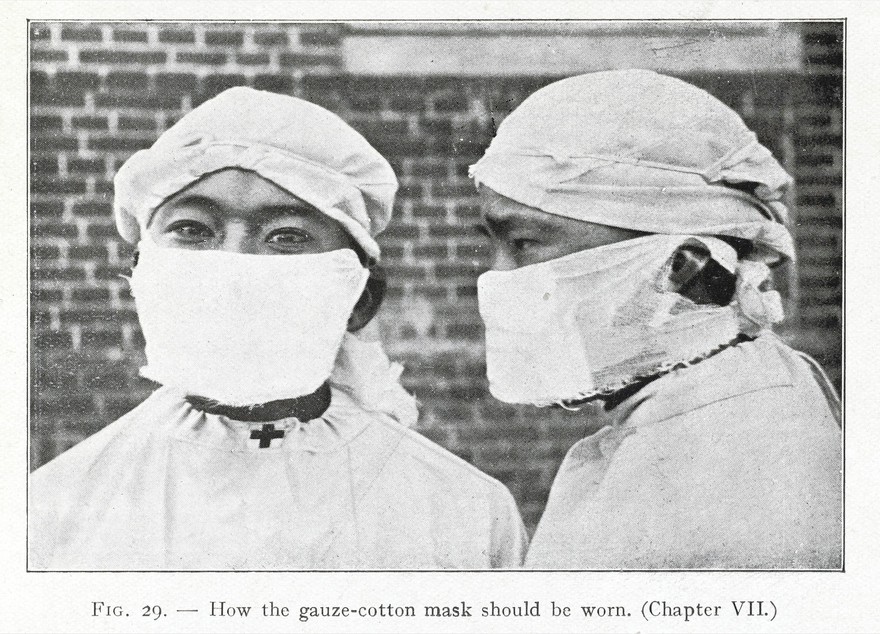
Wu’s most impressive and arguably most important idea came in the form of a face mask which he had created to filter the air – the first version of the N95 mask. He took inspiration from surgical masks he’d seen in the West, improving them by adding layers of gauze and cotton that would help to filter the air.
The mask could wrap securely around one’s face yet some doctors still doubted its effectiveness at the time. One doctor even died of the plague after refusing to wear Wu’s mask. According to the National Library of Medicine’s paper, that doctor was Gérald Mesny, a prominent French physician who replaced Dr Wu and rarely agreed with his ideas.
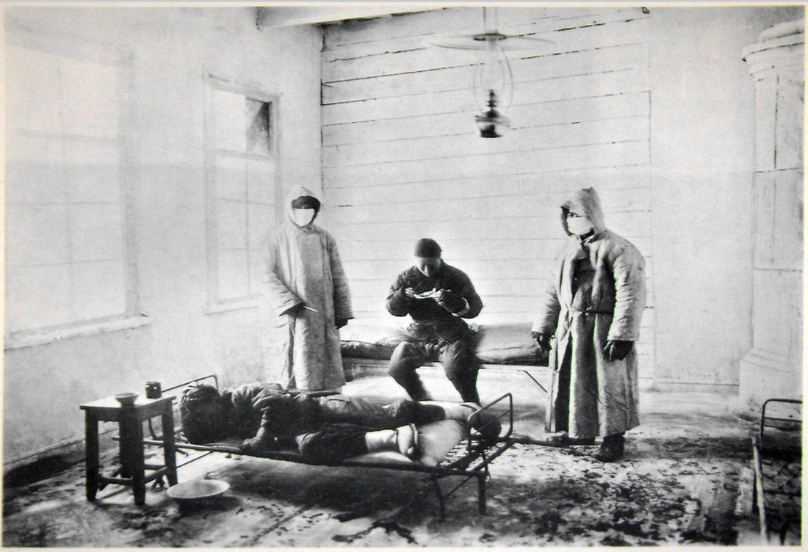
Despite Wu explaining to Mesny about his theory suggesting the plague to be pneumonic and airborne, the French physician sought to humiliate Wu by tending to the sick in a plague hospital without wearing Wu’s mask. Two days later, he died from complications after contracting the plague according to Fast Company.
Shortly before his death, Mesny was quoted saying “What can we expect from a Chinaman?” in regards to his refusal to wear Wu’s mask.
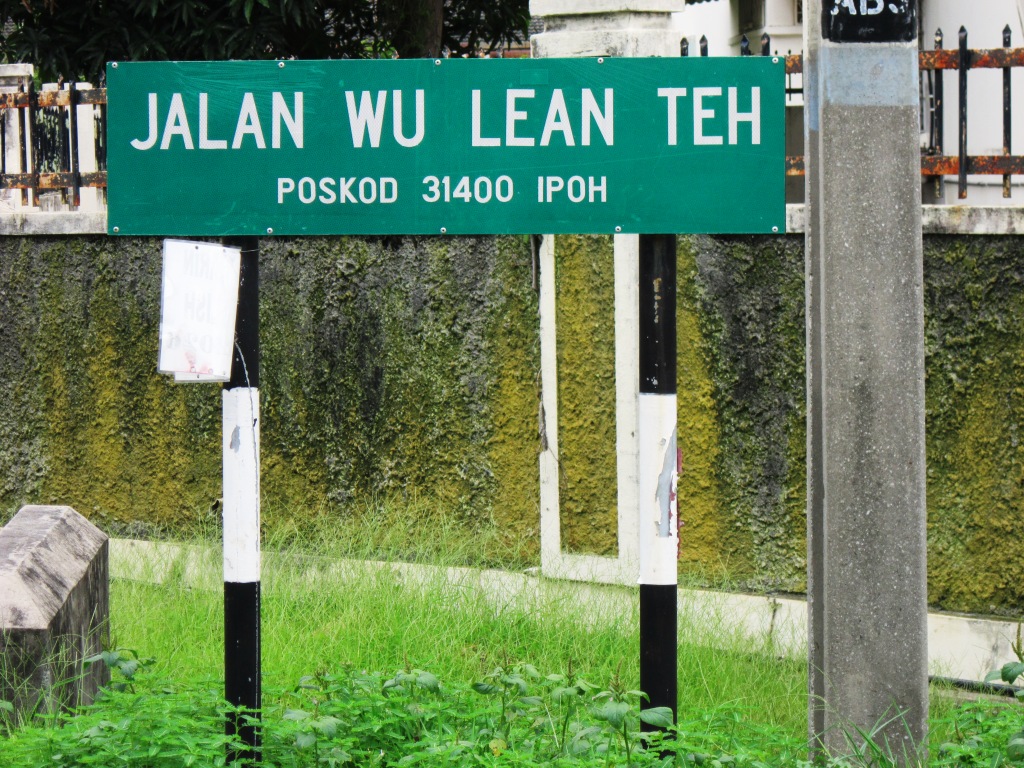
Accolades and return to Malaysia
By the year 1921, Wu had successfully ended the recurring epidemic which led him to become the first Malaysian to be nominated for a Nobel Prize in 1935. While he did not win the award, he was still regarded as one of the best medical practitioners of the time.
Wu returned to Malaysia in 1937, settling down in Ipoh where he opened a general practice and eventually passed away at the age of 81 on 21 January 1960. Today, his work has become more relevant than ever as researchers and scientists over the world try to contain and eradicate the deadly Coronavirus.
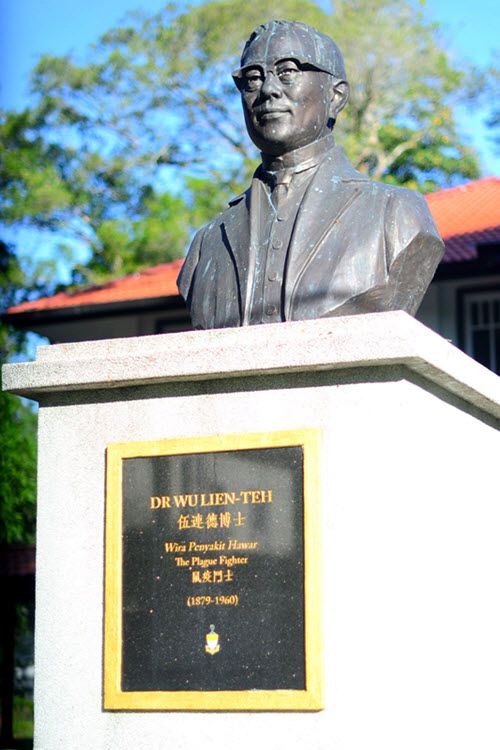
For more news, choose JUICE.


 Get Audio+
Get Audio+ Hot FM
Hot FM Kool 101
Kool 101 Eight FM
Eight FM Fly FM
Fly FM Molek FM
Molek FM

